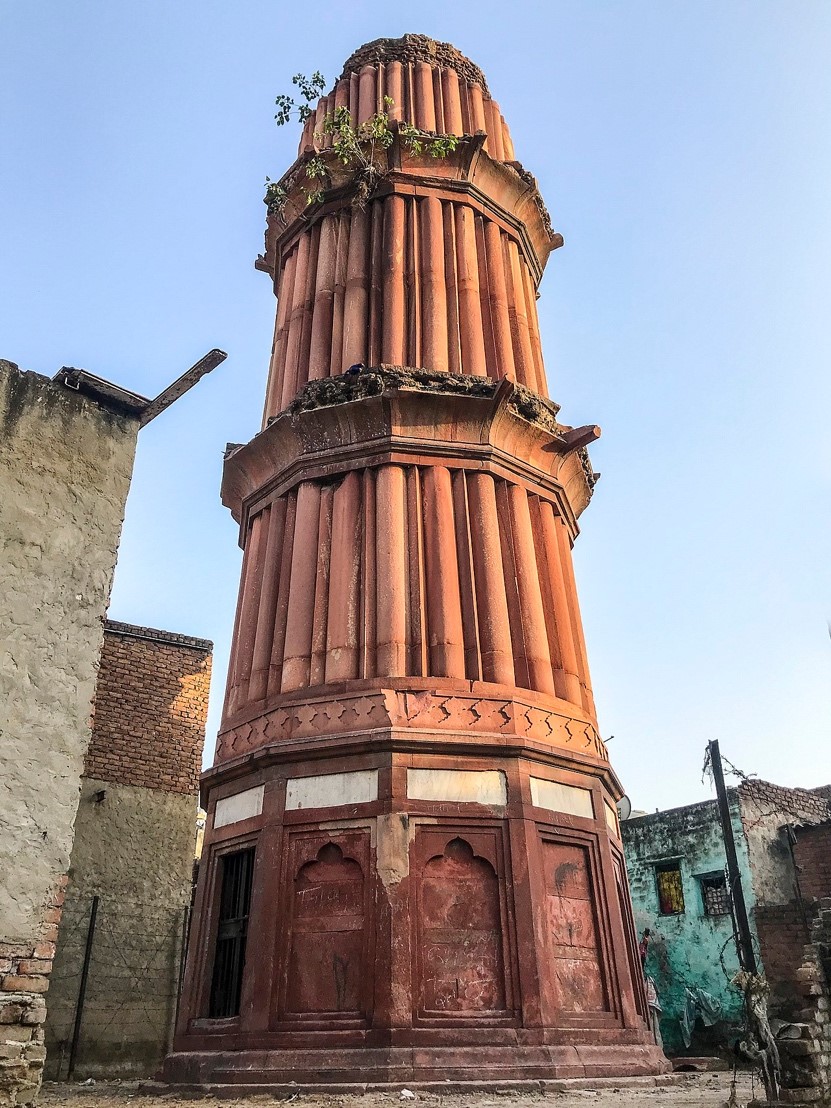Free Courses Sale ends Soon, Get It Now


Free Courses Sale ends Soon, Get It Now



Disclaimer: Copyright infringement not intended.
Context
Today, the Hastsal Minar is more or less unknown even to people living in Hastsal, let alone Delhi, while its origins remain a subject of mystery and debate.
Details
Location
History
Architecture
Threats
Legends
Current Status
Conclusion
The Mini Qutub Minar, a Grade A listed protected heritage monument, serves as a reminder of Shah Jahan's presence in Hastsal and is in urgent need of conservation to preserve its historical significance.
|
PRACTICE QUESTION Q. Discuss the significance and challenges associated with preserving and studying neglected architectural heritage in India, with specific reference to structures like the Hastsal Minar in Delhi. (15 marks) |
© 2024 iasgyan. All right reserved